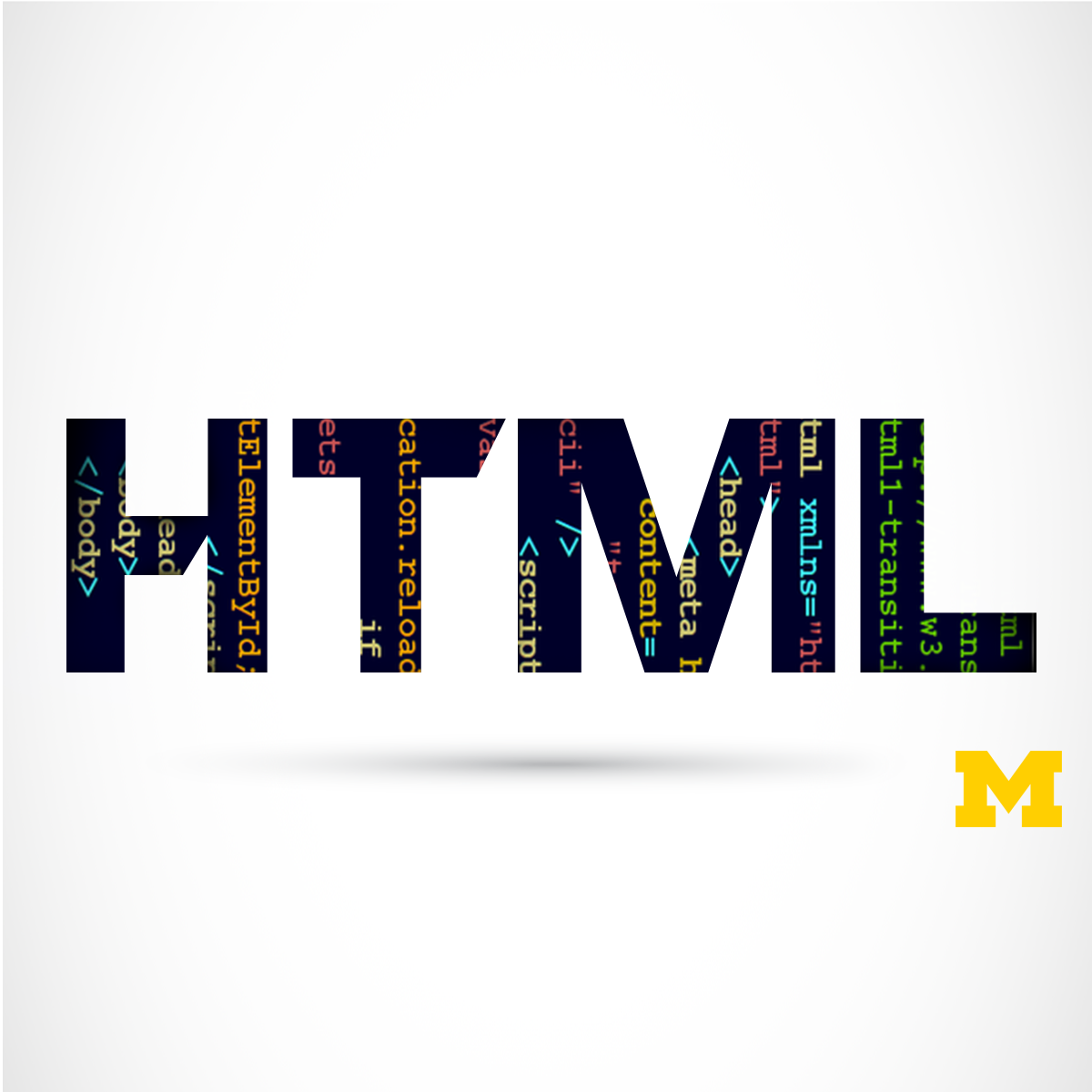
Web development is about more than building a website. It's about creating experiences for a vast audience of people on the Internet. Today's developers help people connect, create, learn, and play, shaping the way the world works.
This Course Explorer segment introduces popular online courses that focus on building modern web applications. The first section includes ones that teach HTML, CSS, and JavaScript. These three technologies combined form the foundation to the web that we experience everyday.
You could think of these technologies through a simple theater metaphor. HTML is the script that the actors memorize, CSS is the costume and stage design that gives the script color and form, and JavaScript is the director.
The text you're reading now, for example, is all HTML. HTML contains the content and defines the structure for where each piece of content should go on a page. The styling—how much padding wraps around the text, what font the text takes on, the color and shape of the buttons on this page—is all CSS. JavaScript, meanwhile, enables all of the other complexities that make the modern web what it is.
When you click or tap the "save" button (the one with the little heart icon next to it) next to any of the courses you see here, JavaScript is behind most of what happens immediately after. It updates some data stored in your browser, modifies the styling of the button so it turns pinkish-red, and pings our server, which in turn makes a note that you've saved this course. When you pull up your saved courses, it's again JavaScript that does the work of retrieving the list and it to you.
The sections following "HTML, CSS, and JavaScript" cover popular frameworks and tools that many developers use today to create powerful, modern, apps. These are the same technologies that underlie a lot of popular apps like Facebook, Twitter, and Instagram.
React and Vue are two popular frontend frameworks that make it easier to build rich and interactive user interfaces. Node, Flask, and Ruby on Rails on the other hand provide the structure that apps need to handle user requests, store and retrieve data off a server, perform computations, and return responses. SQL and MongoDB, on the other hand, are popular databases that make it possible for apps to quickly store and retrieve huge amounts of data.
In the course of learning web development, you'll find that some tools are better than others for any given project. In fact, this Course Explorer captures only a small slice of the web development universe. You'll discover more along the way. When you do, be sure to search for courses on those at OpenCourser.
Happy coding!






















